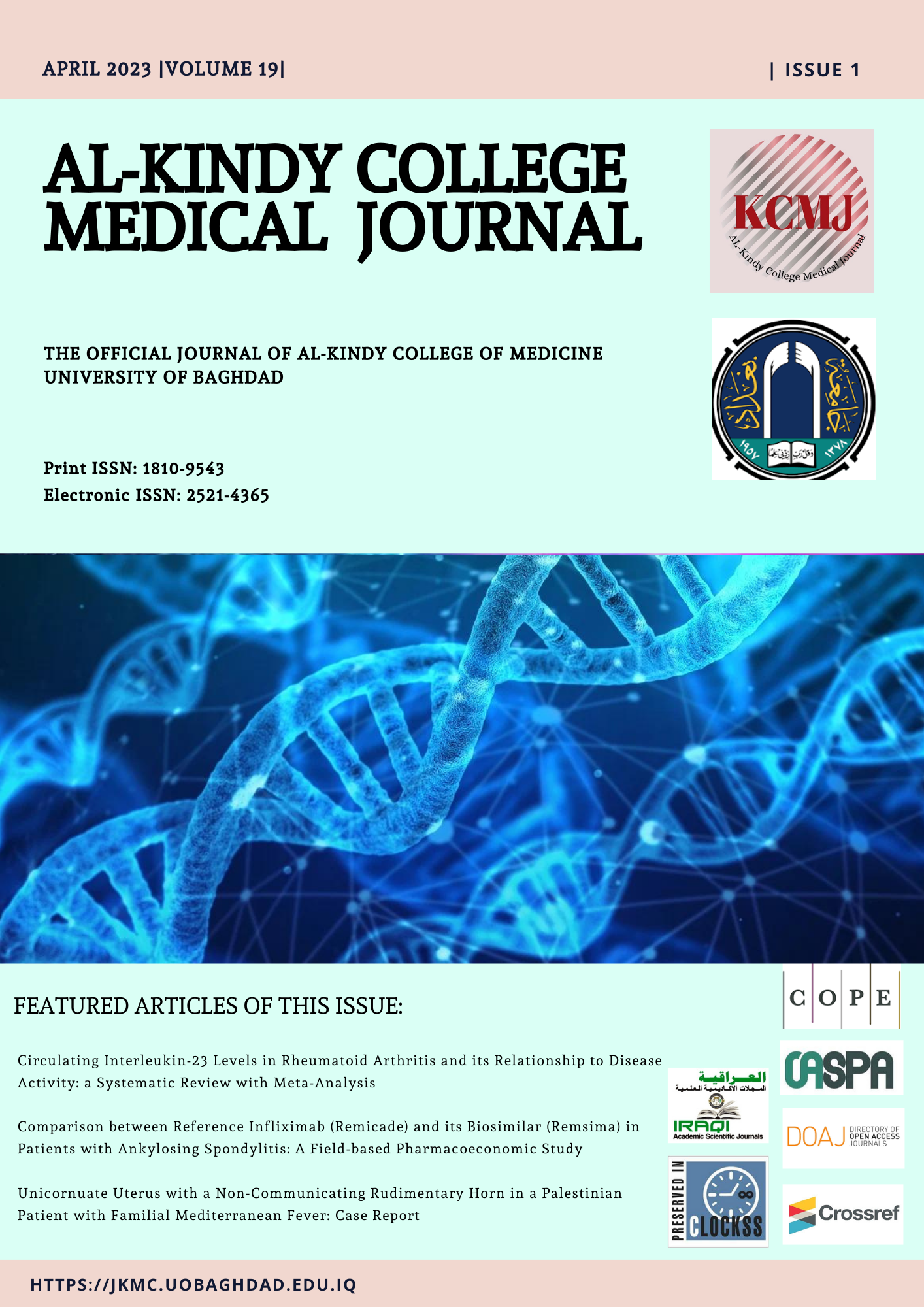The Ameliorating Effect of Ashwagandha (Withania Somnifera) Extract on Hippocampus and Growth Plate Changes Associated With Propylthiouracil Induced Hypothyroidism in Juvenile Rats
Ashwagandha on Hippocampus and Growth Plate Changes Associated With hypothyroid rats
DOI:
https://doi.org/10.47723/kcmj.v19i1.920Keywords:
Propylthiouracil Aswagandha, Thyroid, Growth plate, HippocampusAbstract
Background: Hypothyroidism is a decrease in the production of the thyroid hormones and leads to gland dysfunction. Ashwagandha extract was used as an ayurvedic treatment and supposed to be as antihypothyroidism agent.
Objectives: to investigate the impact of ashwagandha (Ash) extract on propylthiouracil (PTU)-induced hypothyroidism in rats.
Subjects and Methods: The rats were divided into three groups, control group, PTU (hypothyroid) group (6mg/kg/day by oral route), PTU (6mg/kg/day by oral route) +Ash (50mg/kg/day by oral route) treated group. All treatment continued for 30 days. At the end of experiment, measurement of serum T3, T4 and TSH was performed. Thyroid gland, right sided tibia and dentate gyrus region of hippocampus were examined using histological, histochemical and immunohistochemical studies. All measurements were statistically analyzed.
Results: Decrease in serum T3 and T4 and congestion of the blood capillaries, follicular distortion, and vacuolar degeneration of some follicular cells were exhibited in thyroid gland of hypothyroid group. Histological changes in growth plate cartilage in the form of decrease of matrix deposition and plate thickness were detected. Dentate gyrus showed distorted granule cell layer. Immunohistochemically, low expression of the GFAP was expressed in astrocytes. PTU+Ash treated group showed improvement of the previous changes.
Conclusion: Administration of ashwagandha with PTU displayed protective effect on the thyroid gland and its associated histological changes in growth plate cartilage and dentate gyrus. Higher doses of ashwagandha should be used for extrapolation if it may give better results than the used dose.
Downloads
Published
Issue
Section
License
Copyright (c) 2023 AL-Kindy College Medical Journal

This work is licensed under a Creative Commons Attribution 4.0 International License.














